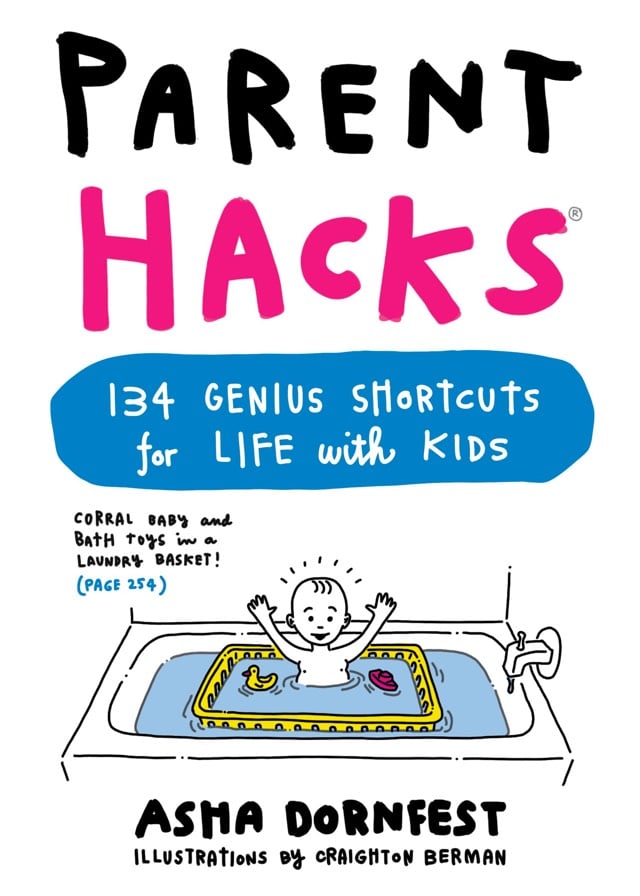Dave Pell from Nextdraft on the connection between OJ Simpson and Donald Trump and how celebrity warps American minds.
By the time OJ Simpson was arrested after the infamous ride in the White Ford Bronco, it was totally impossible to imagine he’d be found not guilty.
By the time Trump reached election day, he had broken every rule of politics. He committed more campaign-ending gaffes in a week than most losing presidential campaigns during an entire run.
Both men had a fame that completely cut across all American demographics.
I thought I’d mentioned this somewhere at the time — Twitter? kottke.org? Can’t find it… — but when I watched the excellent OJ: Made in America documentary this summer, the parallels between the OJ story and Trump made me feel very uneasy. Two men, both broadly famous, both wealthy, both charming, both outcasts from their respective social groups, both misogynist abusers, both committed crimes, both gamed the American political and legal systems to get away with something that they shouldn’t have. OJ eventually got his but will Trump? Are Americans doomed to keep repeating these mistakes when it comes to celebrity?

Asha Dornfest runs the Parent Hacks blog and she’s collected some of her best tips into a new book, Parent Hacks: 134 Genius Shortcuts for Life with Kids.
A parent hack can be as simple as putting the ketchup under the hot dog, minimizing the mess. Or strapping baby into a forward-facing carrier when you need to trim his fingernails-it frees your hands while controlling the squirming. Or stashing a wallet in a disposable diaper at the beach-who would ever poke through what looks like a used Pamper?
Dave Pell from Nextdraft tipped me off to the book, writing:
My friend Asha Dornfest has turned her excellent parenting blog into an even more excellent parenting book with 134 ingenious ideas for simplifying life with kids. Parent Hacks is so good that I may even have a few more kids.
My pal-in-syndication Dave Pell of Nextdraft has a podcast with Phil Bronstein called What Hurts. Pell writes in today’s newsletter:
On my podcast with Phil Bronstein, we focused on the adrenaline culture — people and journalists so anxious to publish the answer, they have no time for facts or context. The podcast is getting pretty good: Listen on our site, or subscribe to the podcast in your favorite app: What Hurts: The Need for Speed.
Due to the increasing ubiquity of connected cameras, writes Nick Bilton in the NY Times, photography is shifting away from documentation to communication.
Photos, once slices of a moment in the past — sunsets, meetings with friends, the family vacation — are fast becoming an entirely new type of dialogue. The cutting-edge crowd is learning that communicating with a simple image, be it a picture of what’s for dinner or a street sign that slyly indicates to a friend, “Hey, I’m waiting for you,” is easier than bothering with words, even in a world of hyper-abbreviated Twitter posts and texts.
“This is a watershed time where we are moving away from photography as a way of recording and storing a past moment,” said Robin Kelsey, a professor of photography at Harvard, and we are “turning photography into a communication medium.”
Dave Pell worries that the realtime availability of all these photos is getting in the way of our experiencing selves.
Maybe it was a bad angle. Maybe I didn’t get his good side. Maybe he just didn’t have that surfer vibe. Whatever it was, the photo wasn’t all that cool. Given time to reflect (even the few days I used to get between my own childhood birthdays and my mom picking up a set of 4x6 prints at the local pharmacy), my son probably would’ve developed a version of that day that had him riding a giant a wave, looking like a cross between Laird Hamilton and Eddie Vedder. Instead, he pretty much looked like a landlocked three year-old on a beach-bound surfboard who was suffering from a rare — but particularly punishing — bad hair day.
The instant my son looked at the image, his imagination-driven perception of himself was replaced by a digital reproduction of the moment he had just experienced. He had a few seconds, not nearly long enough, to create is own internal version of what that moment looked — and by extension felt — like.






Stay Connected